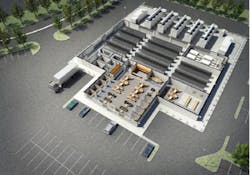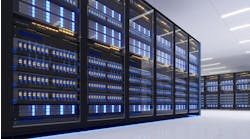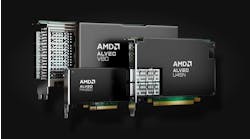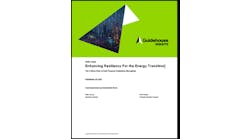Let Form Follow Function at the Edge
As an industry, we continue trying to define what the edge is, and I’ve heard many a leader say, “As soon as we’ve agreed on a definition, we’ll see the shift.” In fact, the only thing we seem able to agree on is that it is “close to the end user.”
I’d like to call up an architectural principle from the late 19th to early 20th century, probably my favorite time in history for the massive industrial, electrical, and even aesthetic expansion that society underwent. This was a time during which technology, artistic expression, and economic forces were converging to remodel societal infrastructure and breaking down established norms.
The phrase “form follows function” was coined by Louis Sullivan, one of the leading architects chosen to construct buildings at the 1893 Chicago World’s Fair. In architecture, this illustrated the concept that the shape, i.e. form, of a building should be designed in direct relation to its intended purpose or function.
If you think about it, we’re in not so different a time of infrastructure rebuilding ourselves. The same three driving forces (technology, aesthetics, and economics) are all converging to impact our industry. Technologies have improved dramatically since our networks were first conceptualized and local communities are vocalizing their desires to keep us from building in their picturesque suburban backyards. There is a slight change in the driving economic forces, as historical ones were those of growth from leading entrepreneurs, financiers, and inventors harnessing energy from within our planet, where our economic forces are the recognition of numerous constraints that are being felt the world over, from financial markets to supply chain limitations and more. We also now know how our early designs and practices impact the planet. How can we use this moment in time, with so many converging forces, to rebuild our form?
If we take a philosophical approach to the word “form,” a different line of thought emerges. Aristotle theorized that an object’s form was more than the matter that made it up, a “greater than the sum of its parts” type of mentality. Plato took this a step further, arguing that Aristotle’s views only recognized potential in something, and that form could only truly be actualized when a thing had reached its ideal use.
This is the stage we are at with the Edge right now—seeing only its potential while we are stuck trying to identify all its parts. It will never take shape this way! Instead, we need to question its ideal function in order to actualize, and thereby know and define it. It can do much more for us than to just reduce latency.
When building the first skyscrapers, Sullivan iterated that we can’t pull from an old pattern book and need to let form be dictated by purpose. Similarly, we can’t build the Edge the way we build traditional data centers only smaller and closer to people. Power, water, land, materials, time, budget, trained personnel are all resource challenges we continue to face. Our new infrastructure needs to emerge from these constraints, not in spite of them. Only then will it be an actualized solution, an ideal form, instead of another box of components and parts.
Melissa Reali-Elliot is Digital Marketing Manager, Data Centers, for Kohler. Contact them to learn more about their data center solutions.






